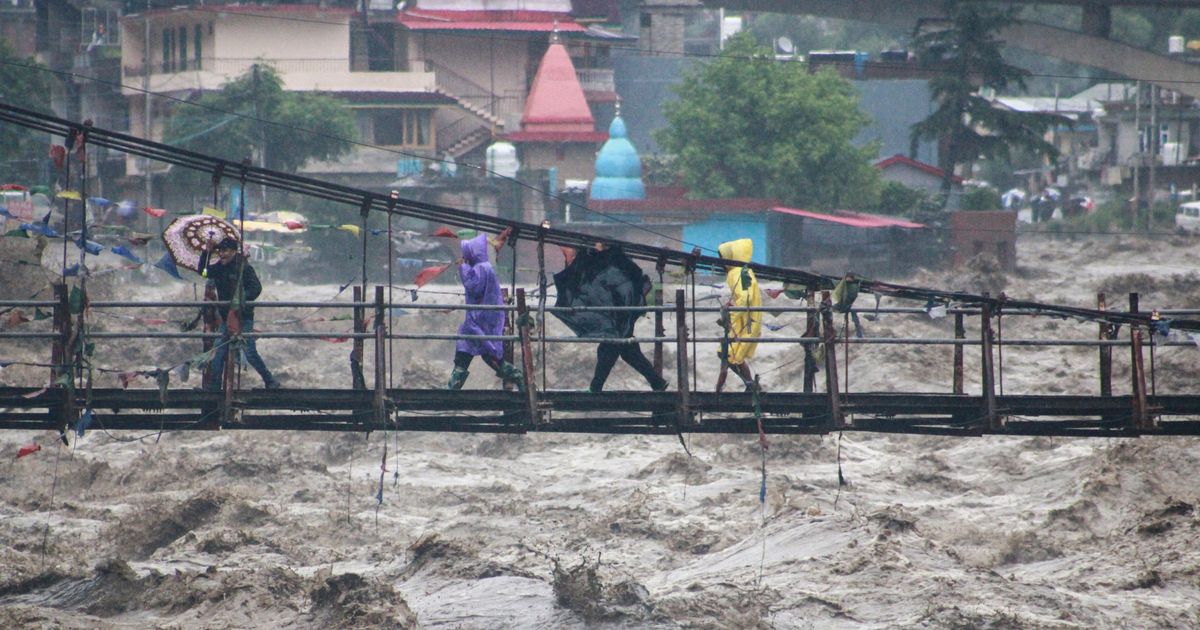Schools in New Delhi had to shut down on Monday due to heavy monsoon rains that battered the Indian capital, causing landslides and flash floods that claimed the lives of at least 15 people over the past three days. Further north, the Beas River overflowed, carrying away vehicles and flooding nearby neighborhoods.
In Japan, torrential rain pounded the southwest, resulting in floods and mudslides that caused the death of two individuals and left six others missing. Local TV footage showed damaged houses in Fukuoka prefecture and the swollen Yamakuni River threatening a bridge in the town of Yabakei.
Residents in Ulster County, New York’s Hudson Valley, and Vermont reported that the recent flooding is the worst they have seen since Hurricane Irene’s devastating impact in 2011.
Although the destructive flooding events in India, Japan, China, Turkey, and the United States may seem isolated, atmospheric scientists highlight a common factor: these storms are forming in a warmer atmosphere, leading to more frequent and extreme rainfall. As the temperature continues to rise, this situation is expected to worsen.
A warmer atmosphere holds more moisture, resulting in storms producing higher volumes of precipitation, which can have deadly consequences. Pollutants like carbon dioxide and methane contribute to heating the atmosphere, preventing heat from radiating into space.
While climate change is not directly responsible for the occurrence of these storms, they are forming in an atmosphere that is becoming warmer and wetter.
Meteorologists explain that warmer air can hold more moisture. For every 1 degree Celsius of warming, the atmosphere can hold approximately 7% more moisture. Since 1880, the average global temperature has increased by at least 1.1 degrees Celsius.
As thunderstorms develop in environments with higher temperatures and more moisture, rainfall intensifies. This phenomenon has been predicted by climate models.
Recent incidents of heavy rain and flooding have affected regions in Turkey, China, and other areas, further supporting the prediction of more frequent intense rain events due to climate change.
The regions most impacted by climate change are often not the ones responsible for the highest emissions of planet-warming pollutants. This inequality highlights the lack of infrastructure and preparedness in vulnerable regions.
It’s important to note that the Associated Press climate and environmental coverage is supported by various private foundations, and the AP holds sole responsibility for all content.
[End of content]
Denial of responsibility! VigourTimes is an automatic aggregator of Global media. In each content, the hyperlink to the primary source is specified. All trademarks belong to their rightful owners, and all materials to their authors. For any complaint, please reach us at – [email protected]. We will take necessary action within 24 hours.


